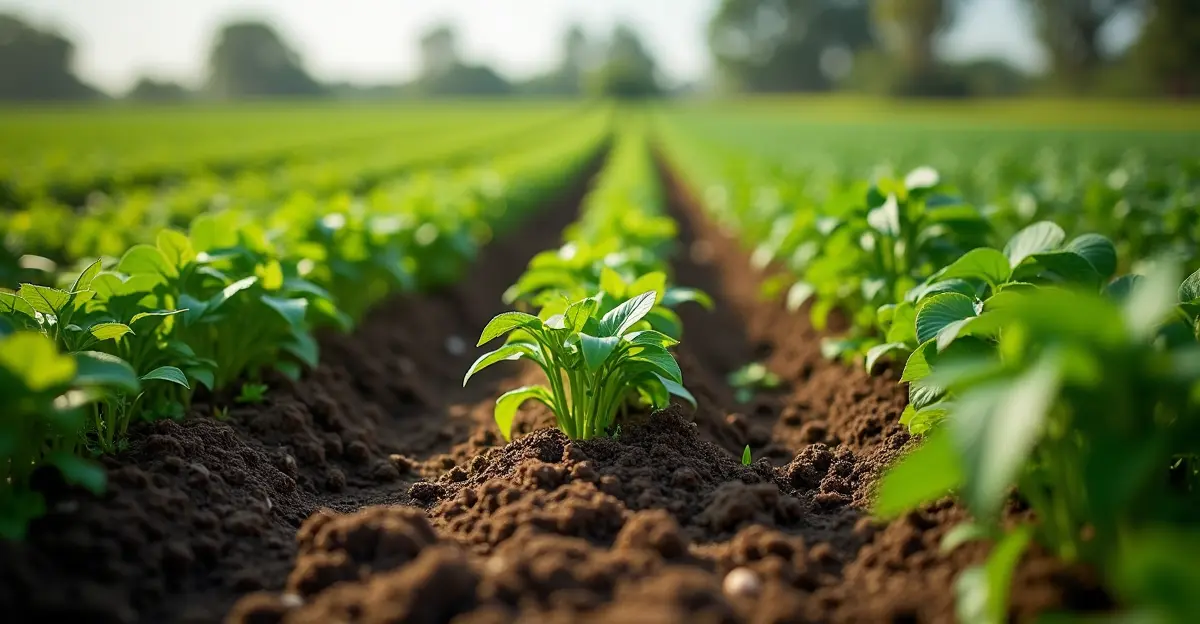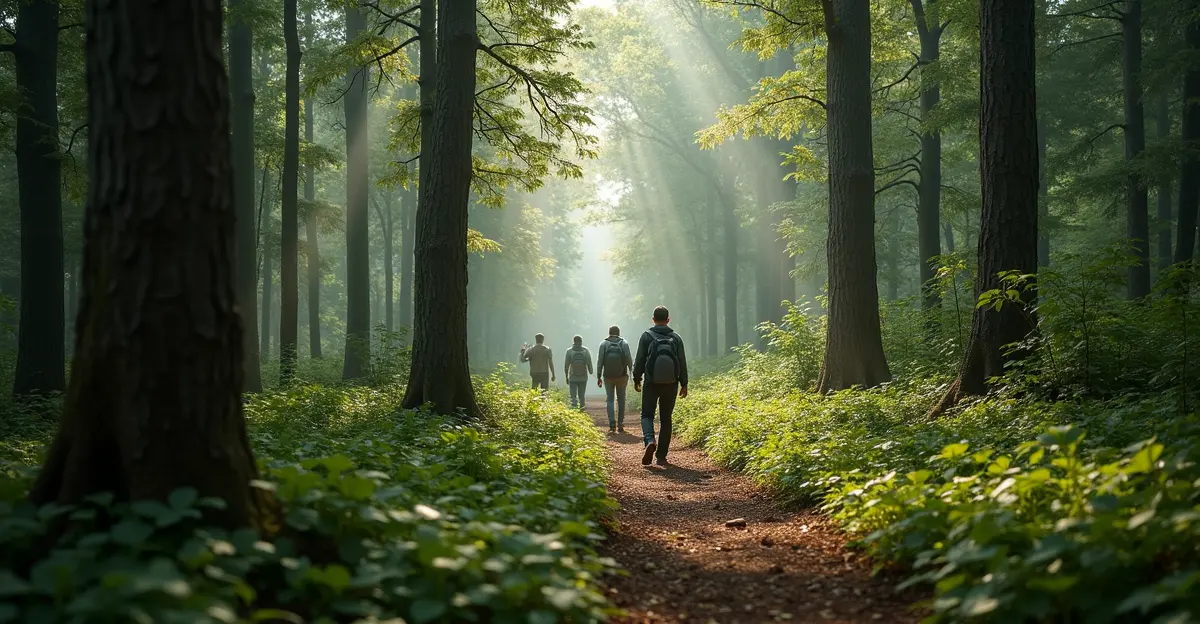Underground fungi networks, known as mycorrhizal networks, connect forest plants, enabling resource sharing and communication. Recent research shows they enhance ecosystem resilience and have implications for sustainability.

The Secret World Beneath Our Feet
Deep beneath the forest floor lies a hidden web of life that scientists are only beginning to understand. Mycelium, the vegetative part of fungi, forms vast underground networks that connect trees and plants in what researchers call the 'Wood Wide Web.' These intricate systems play a crucial role in forest ecosystems, facilitating communication and resource sharing among plants.
How Mycorrhizal Networks Work
Mycorrhizal networks are symbiotic relationships between fungi and plant roots. The fungi's hyphae—thread-like structures—extend into the soil, linking multiple plants together. This allows for the exchange of nutrients, water, and even chemical signals. As recent research from Princeton University shows, this underground 'traffic' is more sophisticated than previously thought, with fungi acting as highways for essential resources.
Dr. Suzanne Simard, a pioneer in this field, discovered these networks in the 1990s. 'Trees are not solitary beings; they communicate and support each other through fungal connections,' she noted in her studies. For instance, when a tree is attacked by insects, it can send warning signals through the mycelium to neighboring trees, which then produce defensive enzymes. This collective response enhances the forest's resilience to threats.
Ecological Impacts and Benefits
These networks are vital for nutrient cycling and carbon storage. Fungi help plants absorb phosphorus and nitrogen from the soil, while plants provide sugars to the fungi through photosynthesis. This mutualism supports biodiversity and ecosystem stability. According to a 2025 study, mycorrhizal networks influence plant community dynamics, making forests more adaptable to environmental changes like climate change.
Moreover, 'mother trees'—older, larger trees—often act as hubs, preferentially sharing resources with their offspring. 'This familial support system ensures the survival of younger trees, especially in harsh conditions,' explains an ecologist from the study. Such interactions underscore the intelligence of forest ecosystems, where cooperation trumps competition.
Future Implications and Research
Understanding these networks has practical applications. In sustainable agriculture, leveraging mycorrhizal fungi could reduce the need for fertilizers by enhancing natural nutrient uptake. Forestry management might benefit by preserving key trees that sustain the network. As recent findings highlight, this knowledge could inform climate mitigation strategies, as healthy fungal networks boost carbon sequestration.
However, challenges remain. Studying these underground systems is difficult due to their complexity and the need for non-invasive techniques. Future research aims to map these networks more accurately and explore their roles in different ecosystems. As science advances, the hidden world of mycelium continues to reveal its secrets, reminding us of the interconnectedness of nature.

 Nederlands
Nederlands
 English
English
 Deutsch
Deutsch
 Français
Français
 Español
Español
 Português
Português









